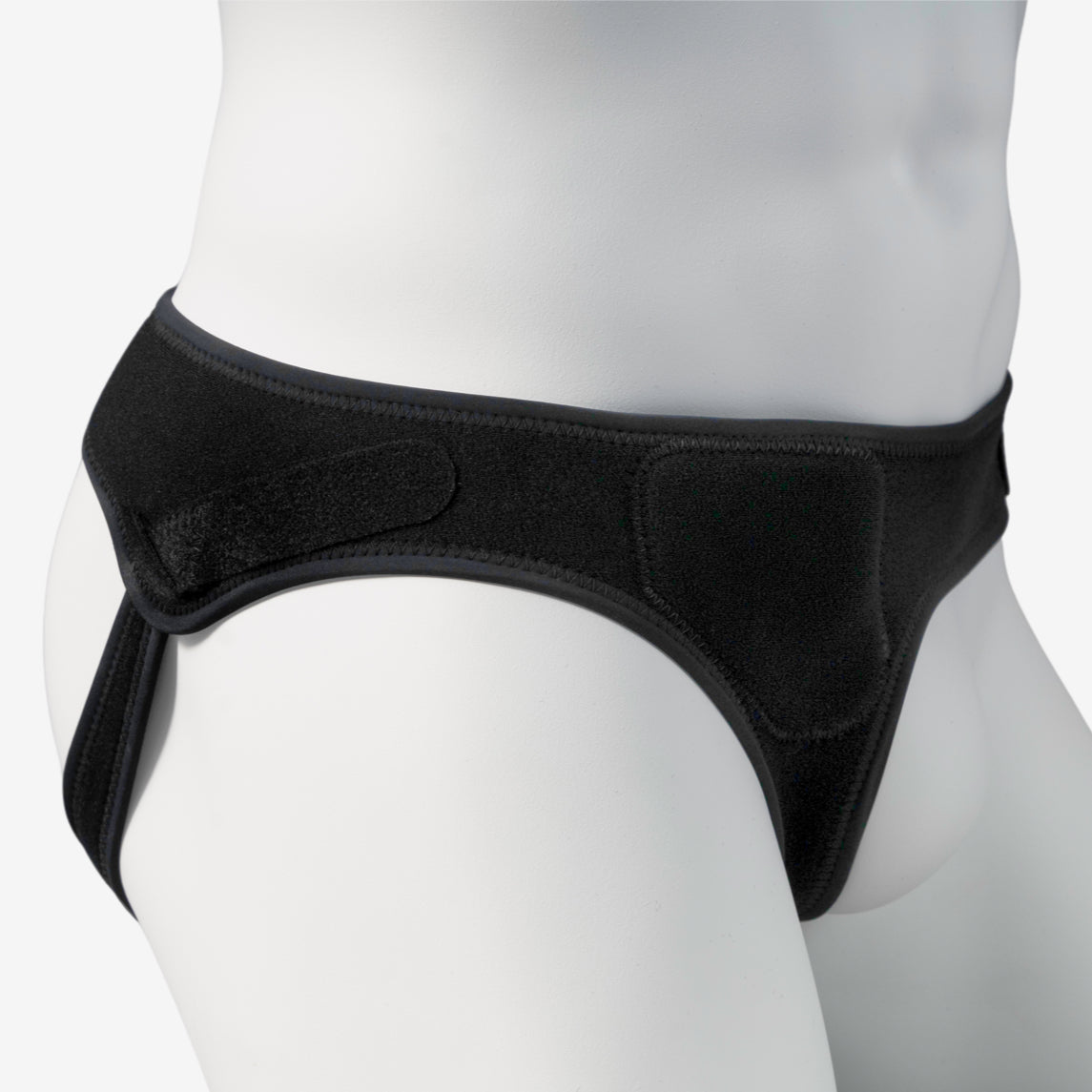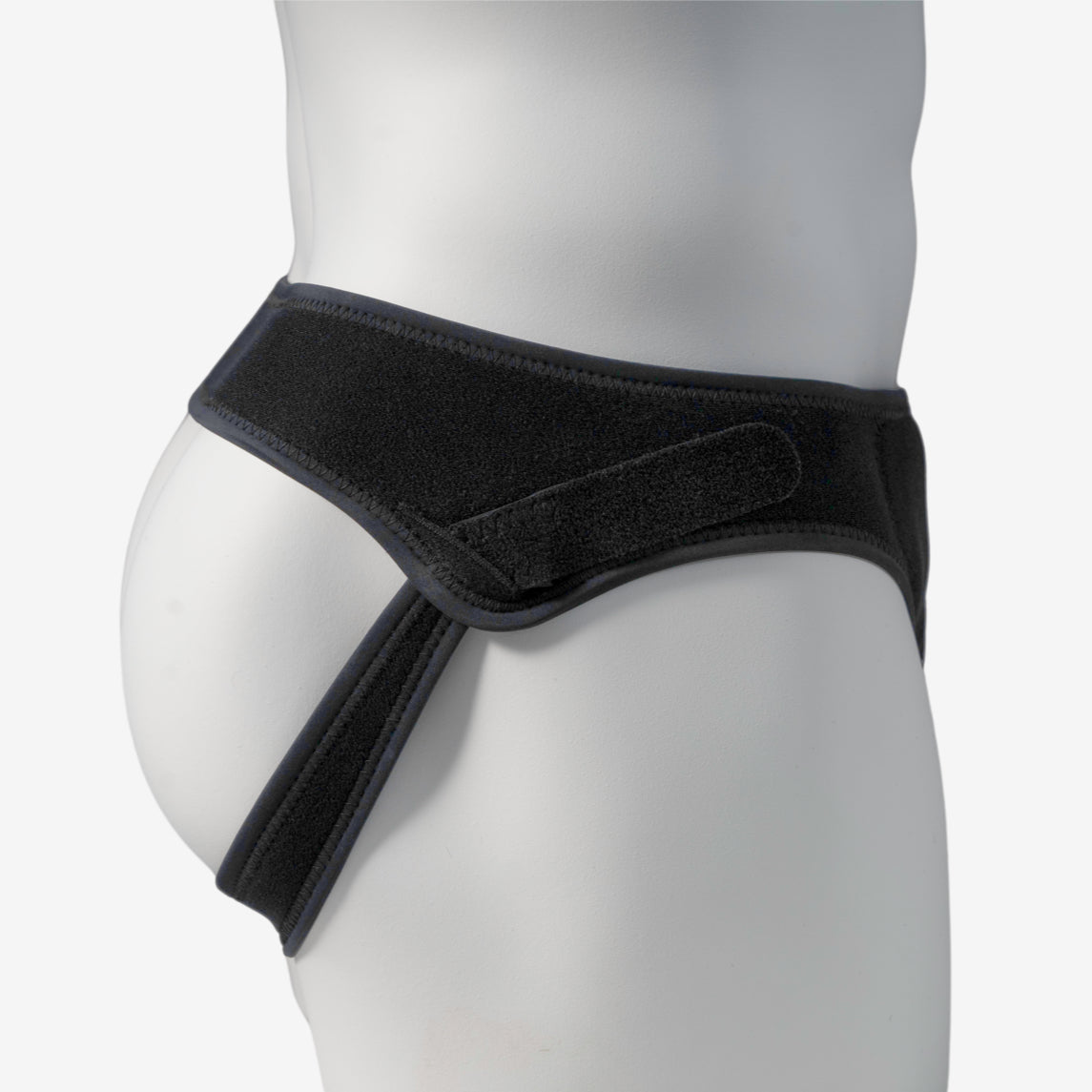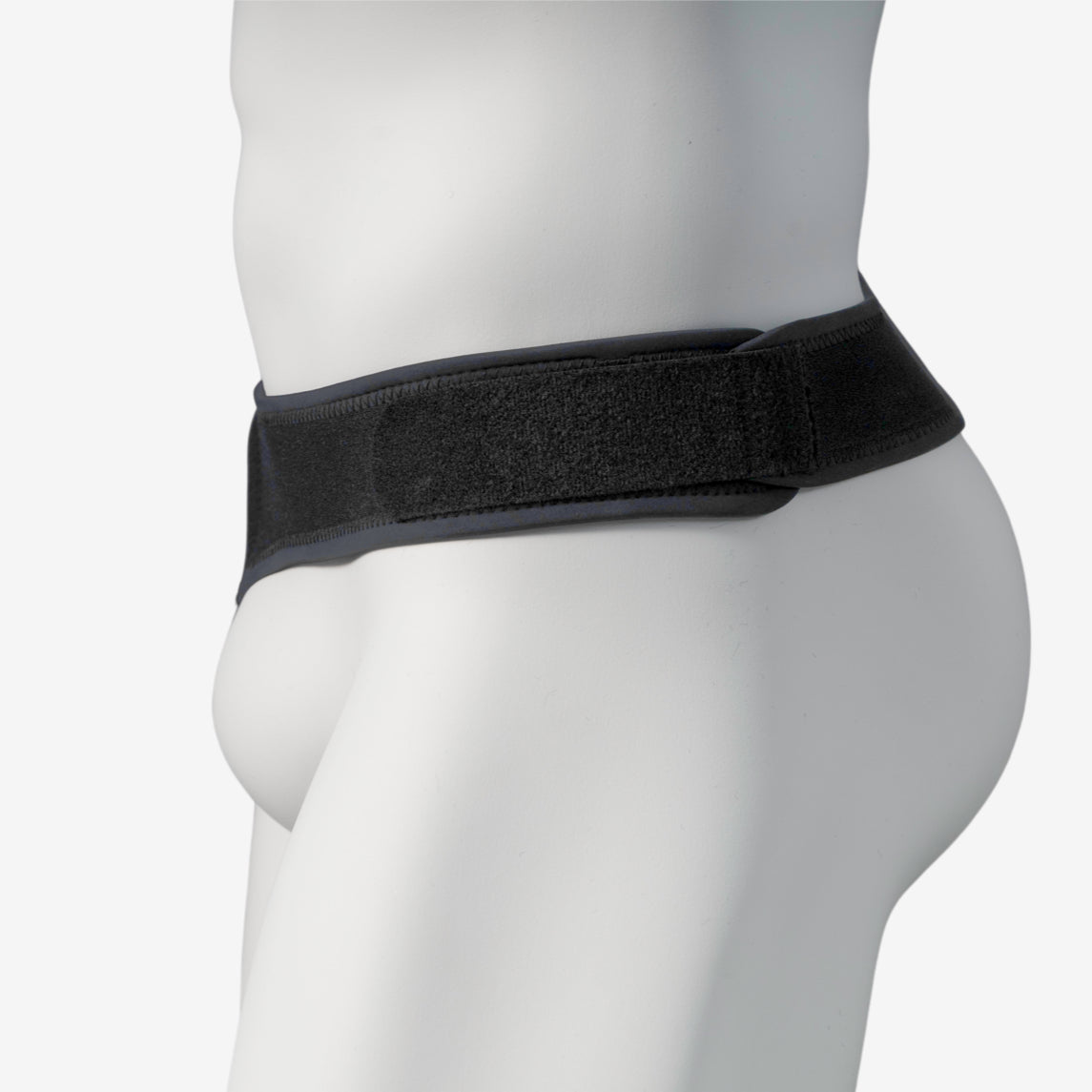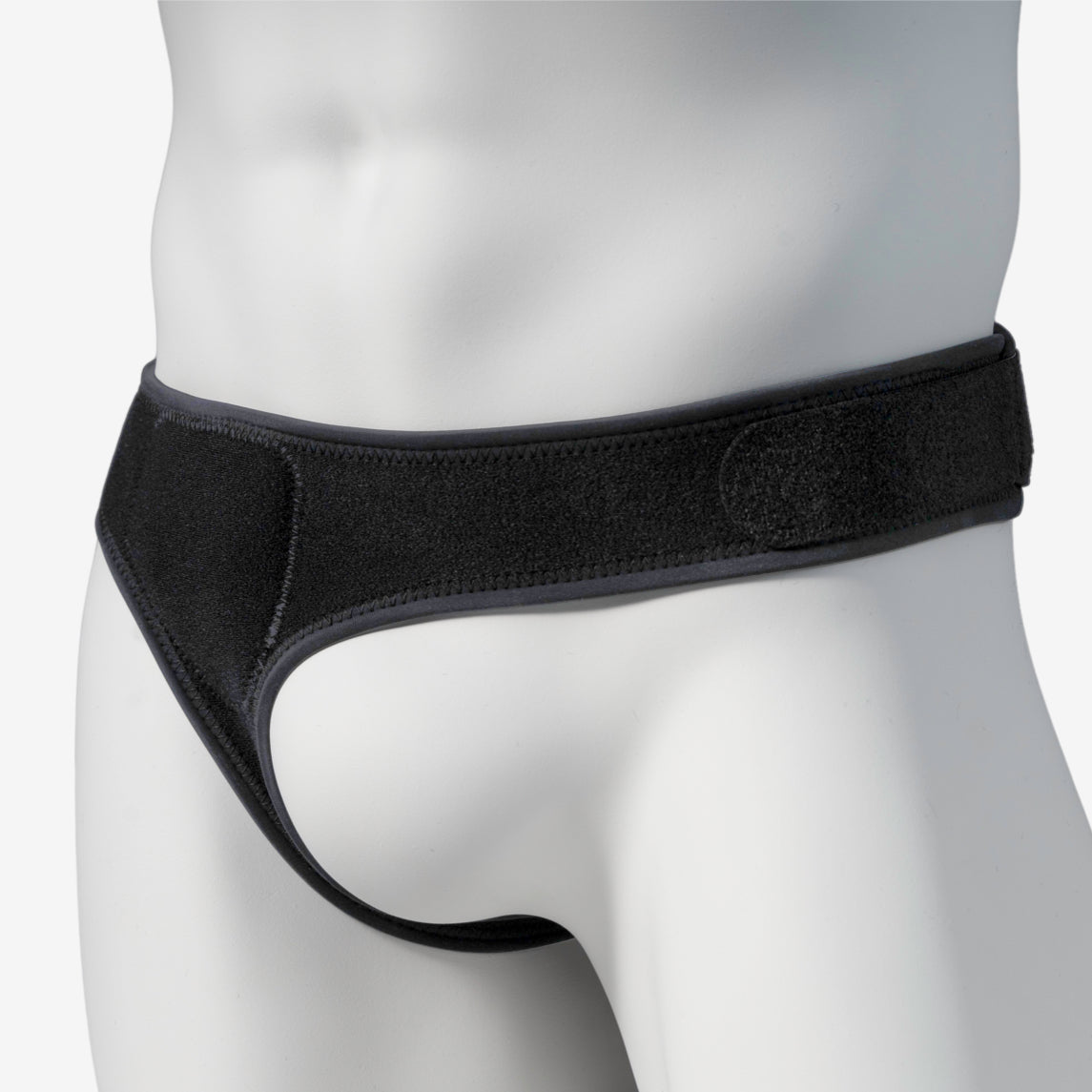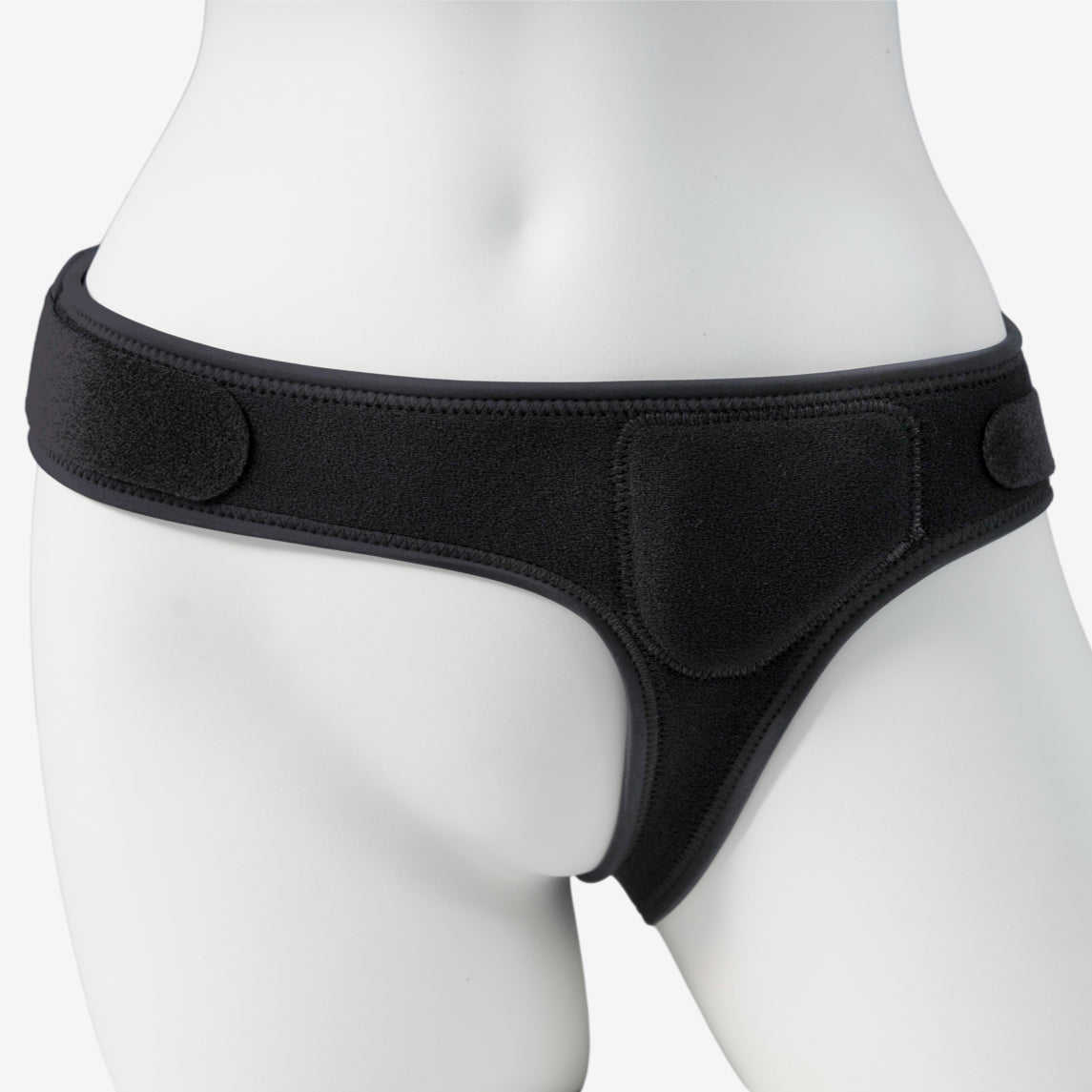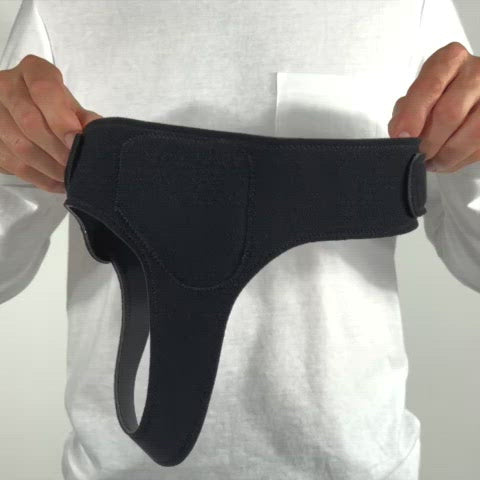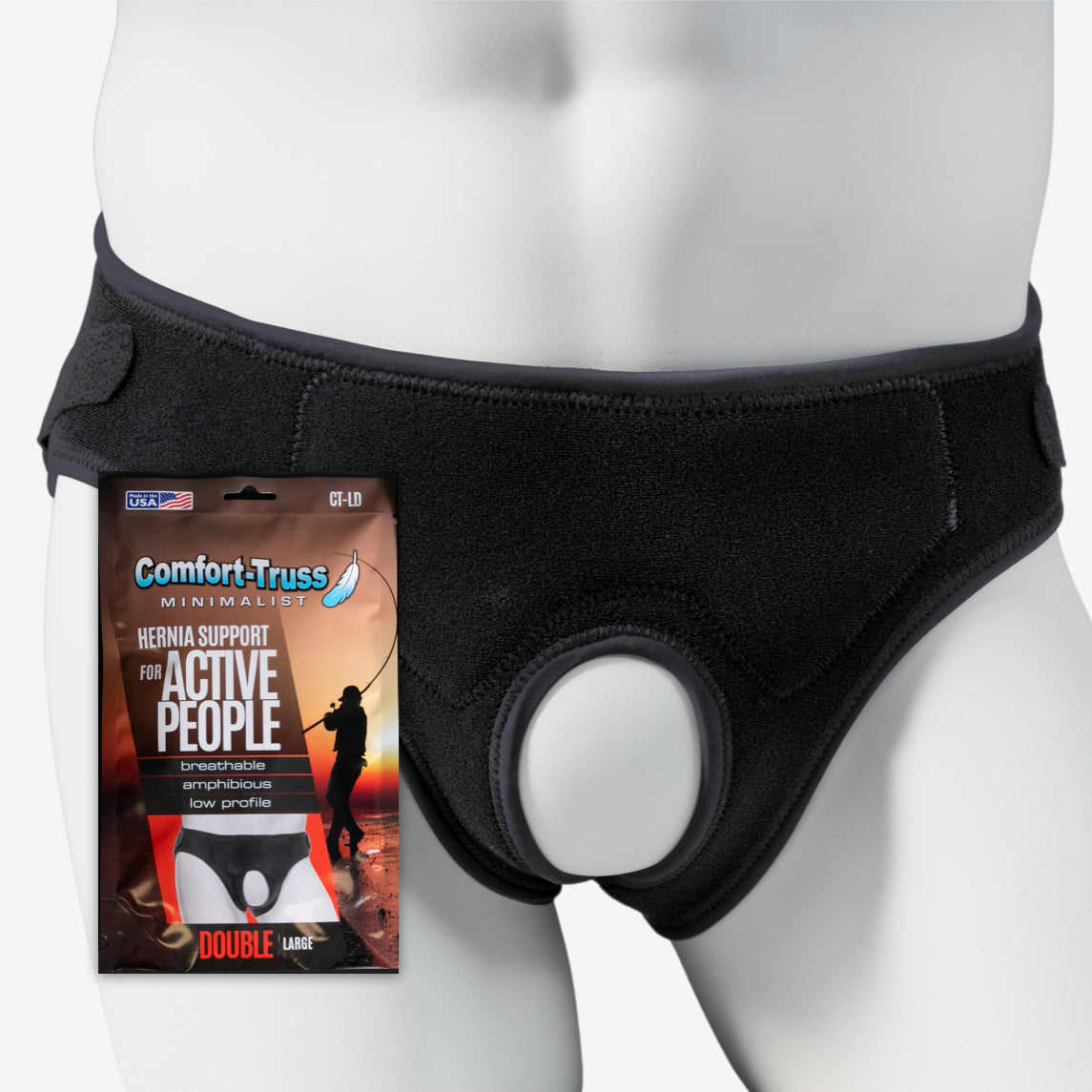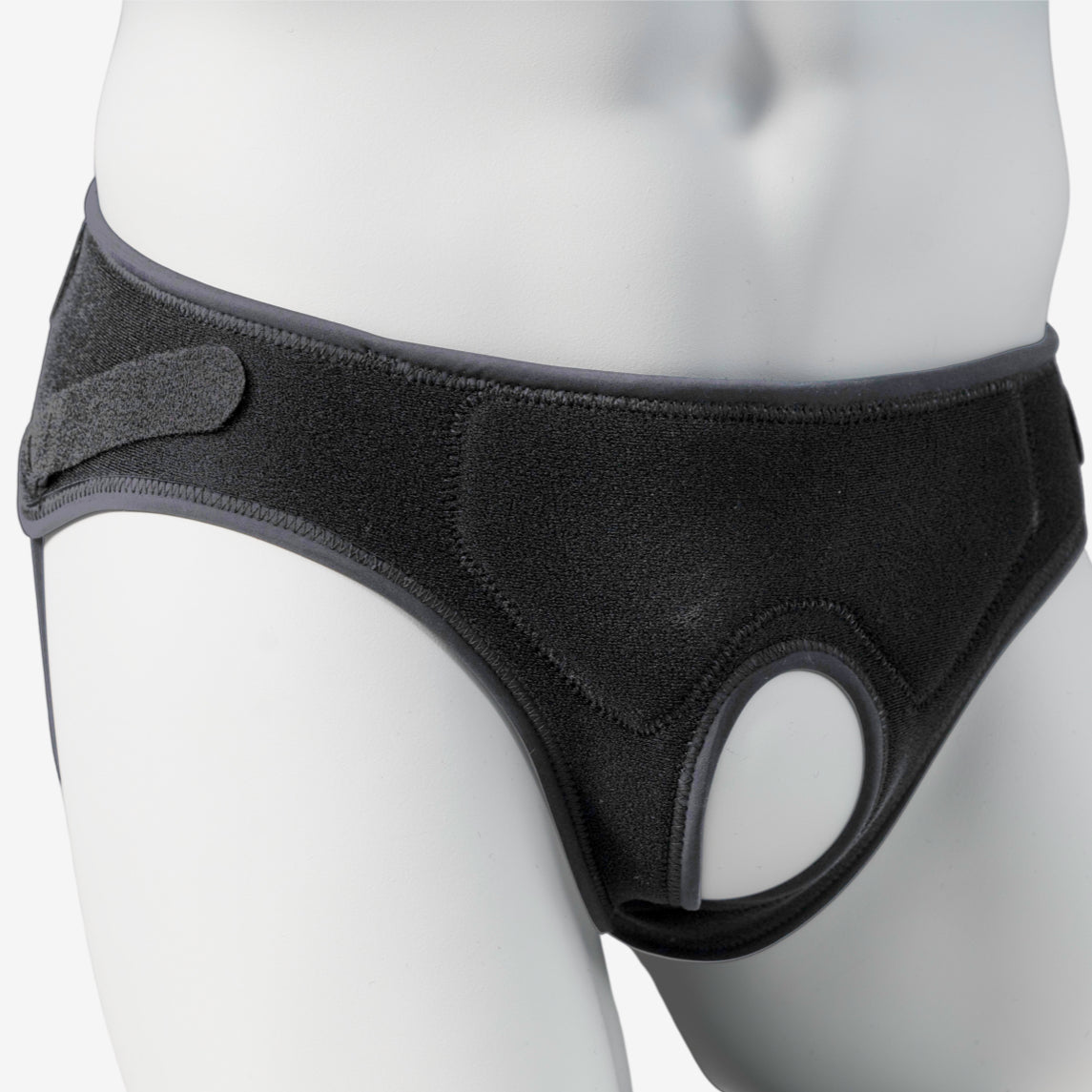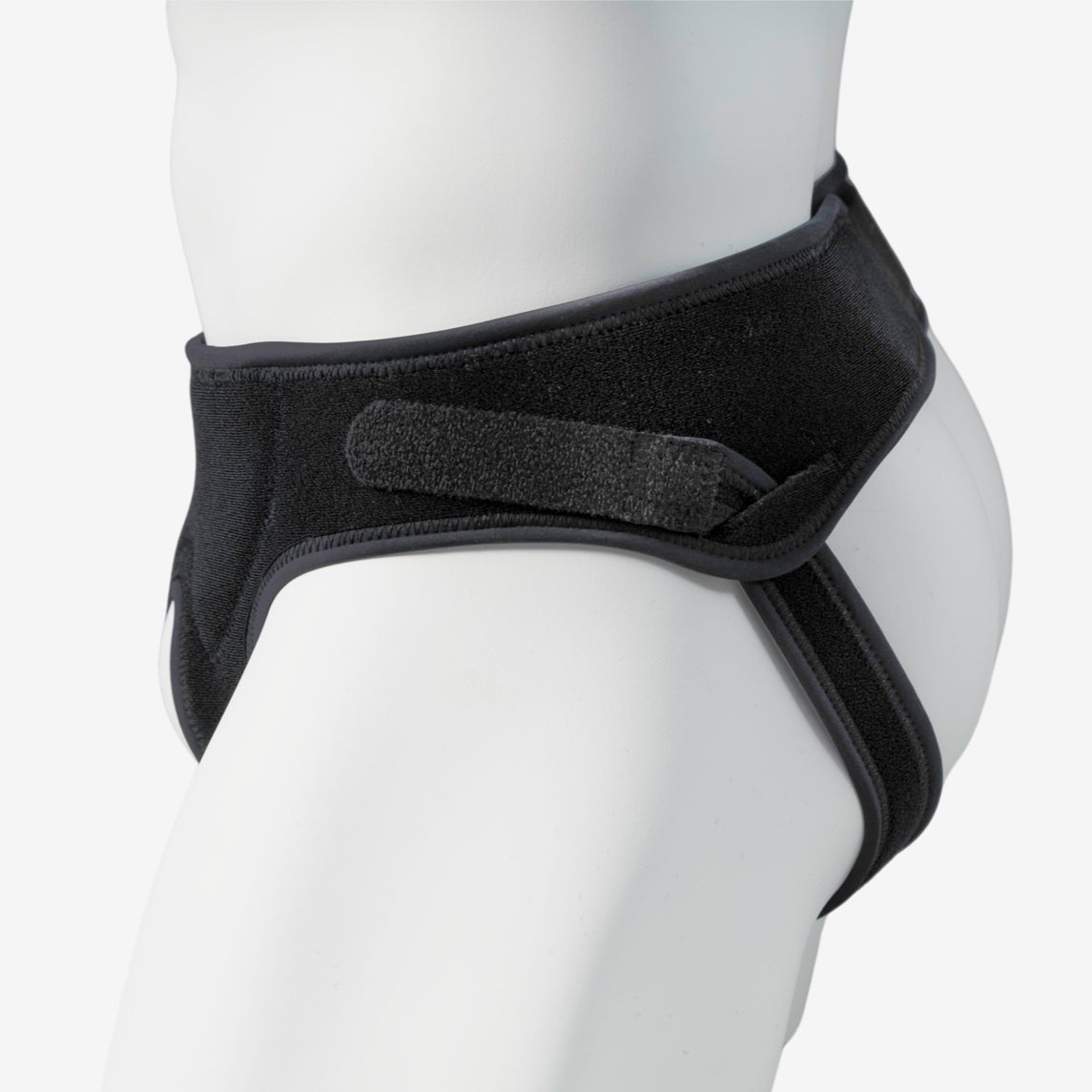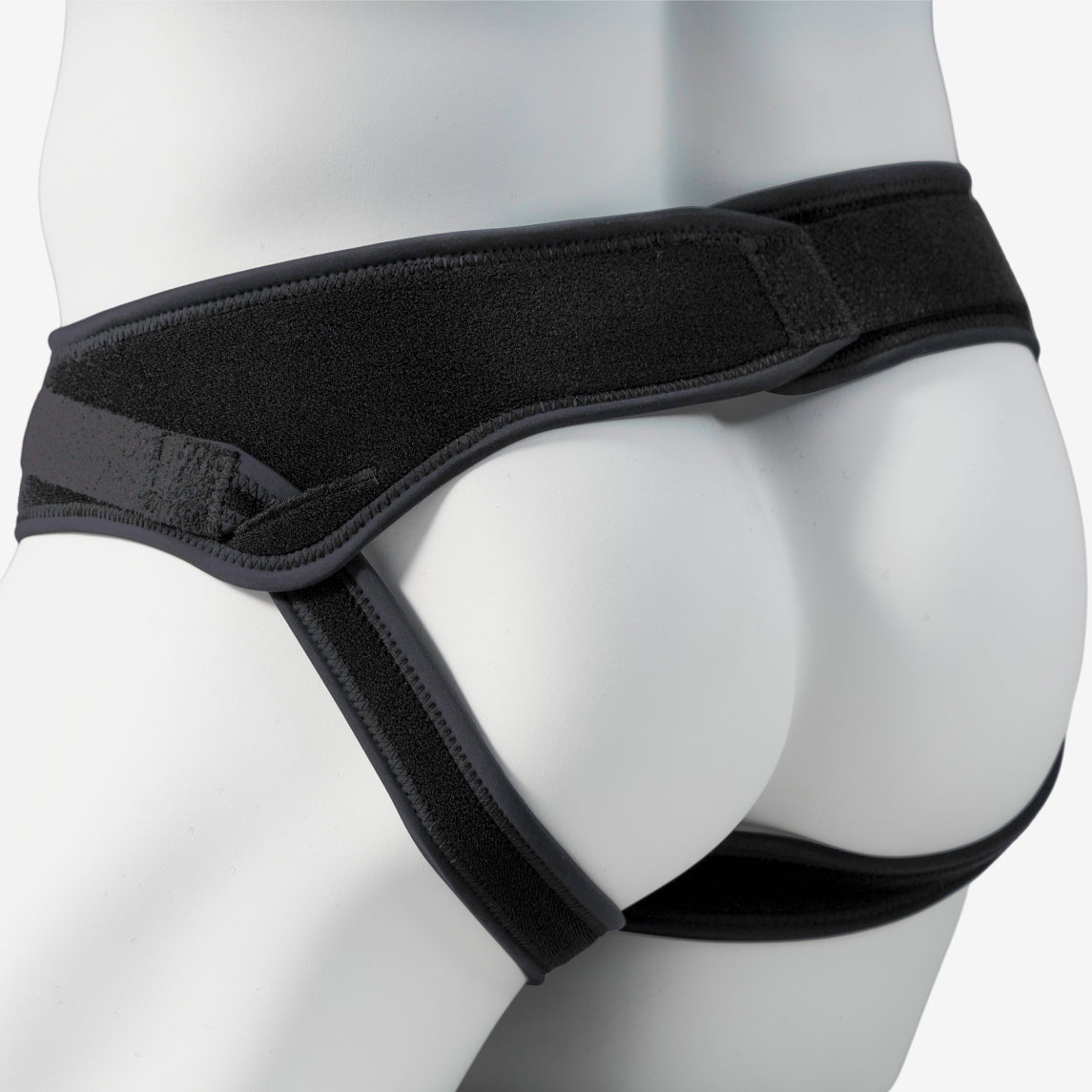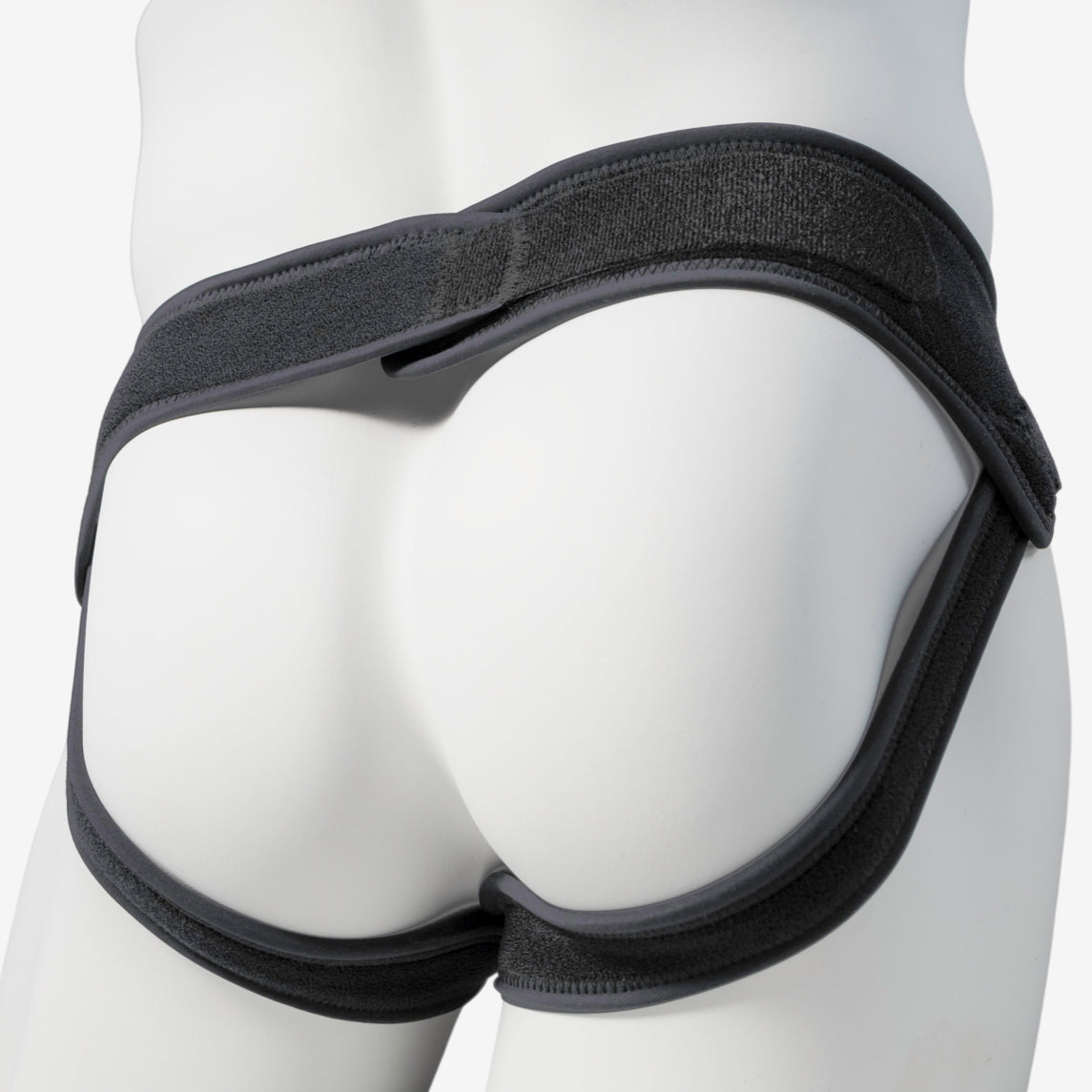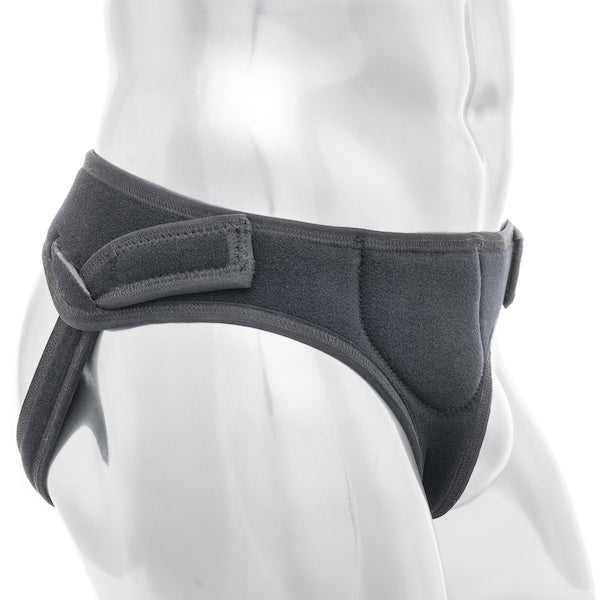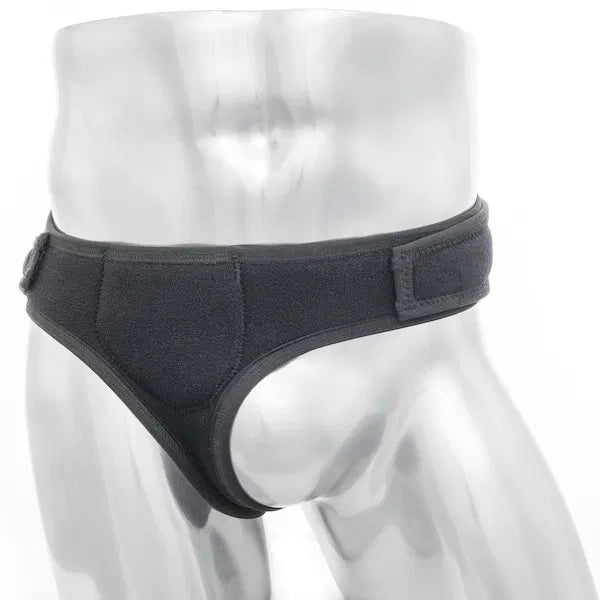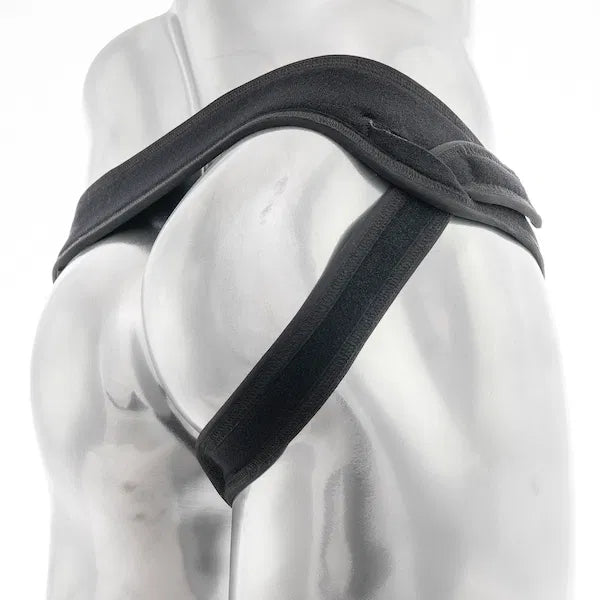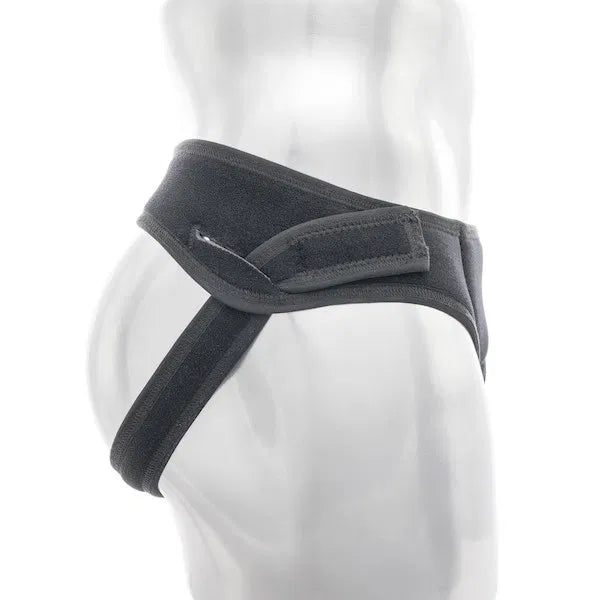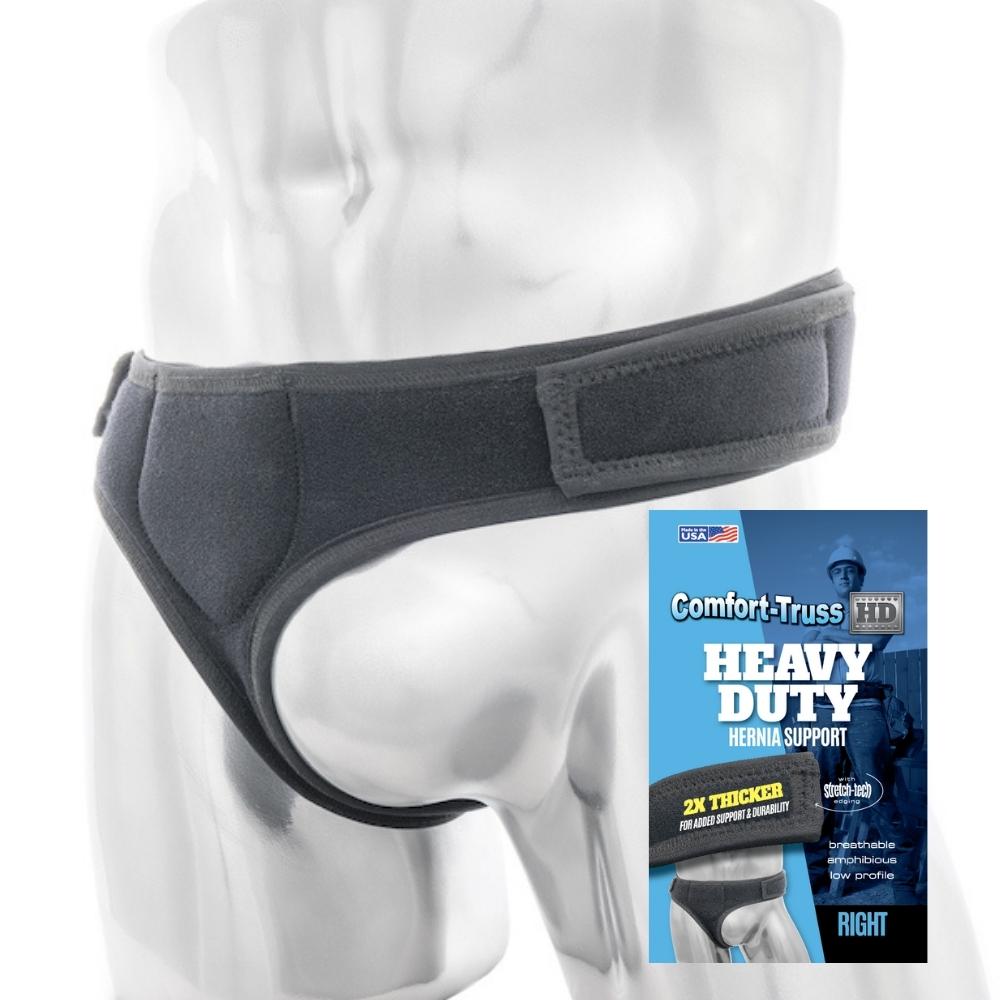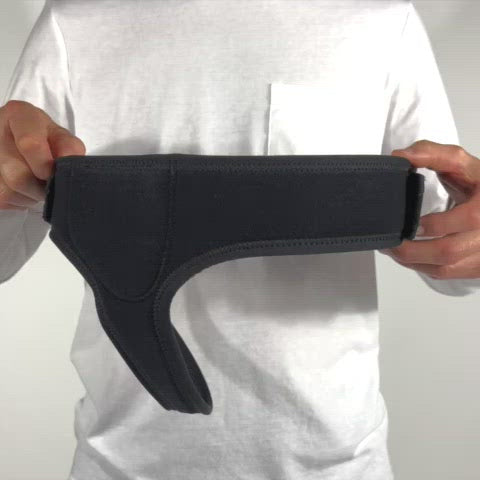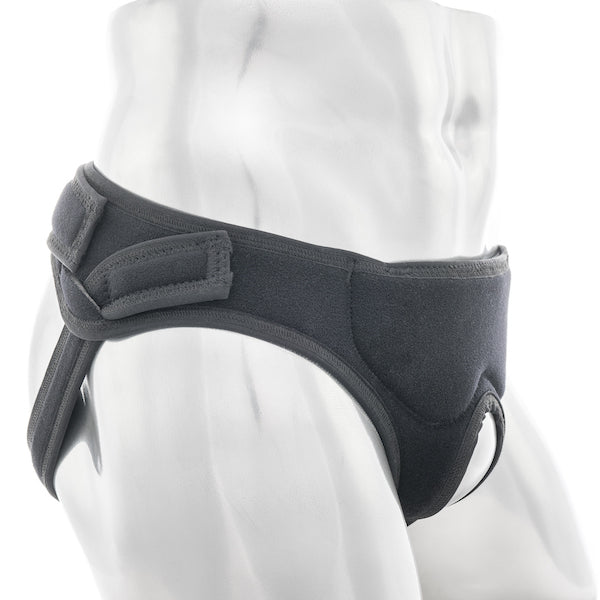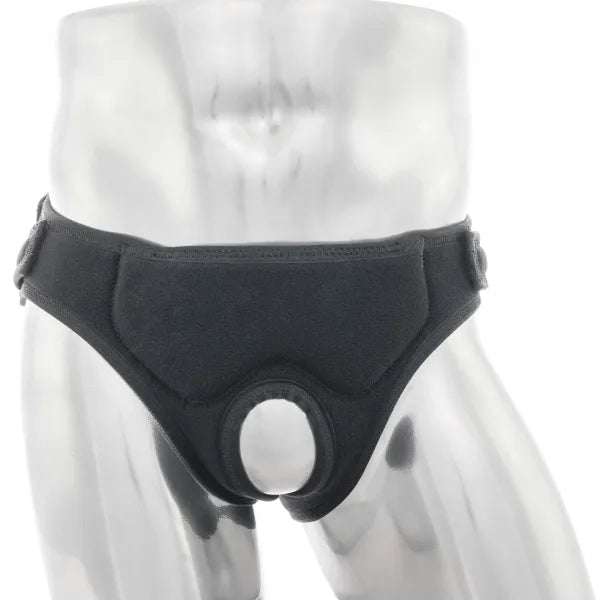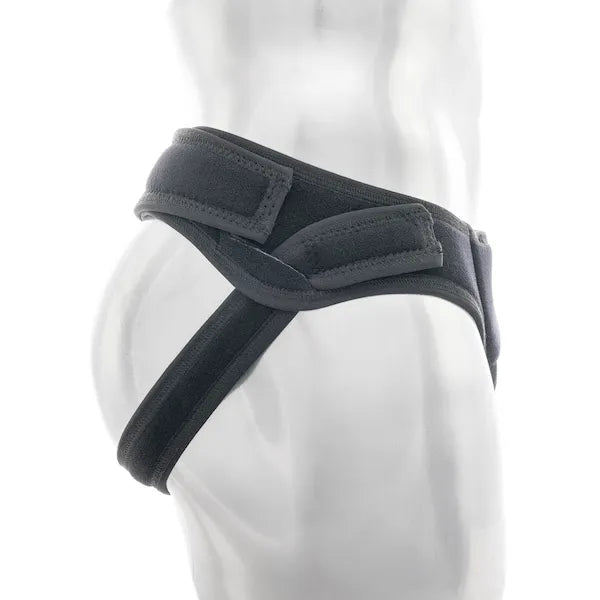How to Tell If You Have a Hernia: 5 Signs and Symptoms of a Hernia

Are you wondering how to tell if you have a hernia? While some may go unnoticed, many times, there are signs and symptoms of a hernia that should not be ignored.
Hernias bring on various symptoms depending on where they're located in the body. In this article, we'll explore the 5 most common signs of a hernia. We'll also help you know when it's time to see a doctor — and how you can alleviate discomfort with the help of hernia belts from Comfort-Truss.
Where Do You Feel a Hernia?
When there's a weakened layer in your muscle wall and an organ or tissue breaks through, it's called a hernia. Different types of hernias are located throughout the body, but most commonly, you'll find hernias in your groin area or lower abdomen. Depending on where it's located and its size, you may be able to see early signs of a hernia that's external. On the other hand, internal hernias occur deep under the skin and must be diagnosed by a medical professional.
What Are the Signs of a Hernia in Men and Women?
There are several different kinds of hernias, but the most common is an inguinal hernia. It's located in the groin area or abdomen and occurs more frequently in men than women, although the signs of a hernia in women are similar. In most instances, when people talk about hernias, this is the type they have. The symptoms of inguinal hernias are much like those of other hernias, with the exception of hiatal hernias, which occur in the esophagus.
Hernia Symptom #1: Bulge or Lump
People often ask, "Can you feel a hernia?" If you notice a bulge or lump in your groin or abdomen, there's a good chance you have a hernia. This one is the most recognizable of all the hernia signs and symptoms. The bulge is created by an organ or fatty tissue that pushes through a weakened muscle. You may notice that the bulge can be pushed back in or disappear when you're lying down. As the hernia worsens over time, the bulge may get bigger.
Hernia Symptom #2: Pain or Swelling
You may experience groin pain, abdominal pain or swelling even before seeing a bulge. Sensations can include burning or aching. Strenuous activity is likely to cause discomfort and alert you to the possible presence of a hernia.

Hernia Symptom #3: Nausea and Constipation
When a portion of the tissue or organ that protrudes through the tear in the muscle gets stuck, it can cut off the blood supply. As a result, you may experience worsening symptoms like extreme pain, nausea and vomiting. Or, you may not be able to move your bowels or pass gas. These could be signs of a strangulated hernia, which is life-threatening and requires emergency surgery. If you're concerned, consult a medical professional as soon as possible.
Hernia Symptom #4: Weakness
When asked, "How does a hernia feel?" some sufferers report a heavy feeling in the groin, weakness or pressure in the hernia area.
Hernia Symptom #5: Heartburn, Throat Pain
If you have a hiatal hernia, you may experience heartburn (a burning sensation in your chest), acid reflux (a bitter taste in the back of your throat caused by acid coming up from your stomach), esophageal pain or bloating. Hiatal hernias are diagnosed by a gastroenterologist and can be treated with medication or surgery.
Do I Have a Hernia?
Only a medical professional knows how to identify a hernia definitively. Your doctor will diagnose your hernia based on a physical exam, your medical history and any imaging tests that are ordered for you. Based on the type and severity of your hernia, your doctor may do the following:
- Monitor: Continue to check on the hernia for signs it's worsening.
- Suggest Changes: Recommend that you amend your activities, diet and lifestyle habits.
- Hernia Truss: Suggest that you invest in a minimalist or heavy-duty hernia belt to help alleviate symptoms.
George Hirst, the founder of Comfort-Truss, was able to manage his hernia without surgery. Using a hernia belt he devised for himself, and by making certain lifestyle changes, he was able to reduce his hernia to the point where he is now asymptomatic. You can learn the techniques George used to deal with his hernia and see how they can help you. The Proactive Approach to Hernia Intervention has everything you need to head down the right path to managing your hernia.






